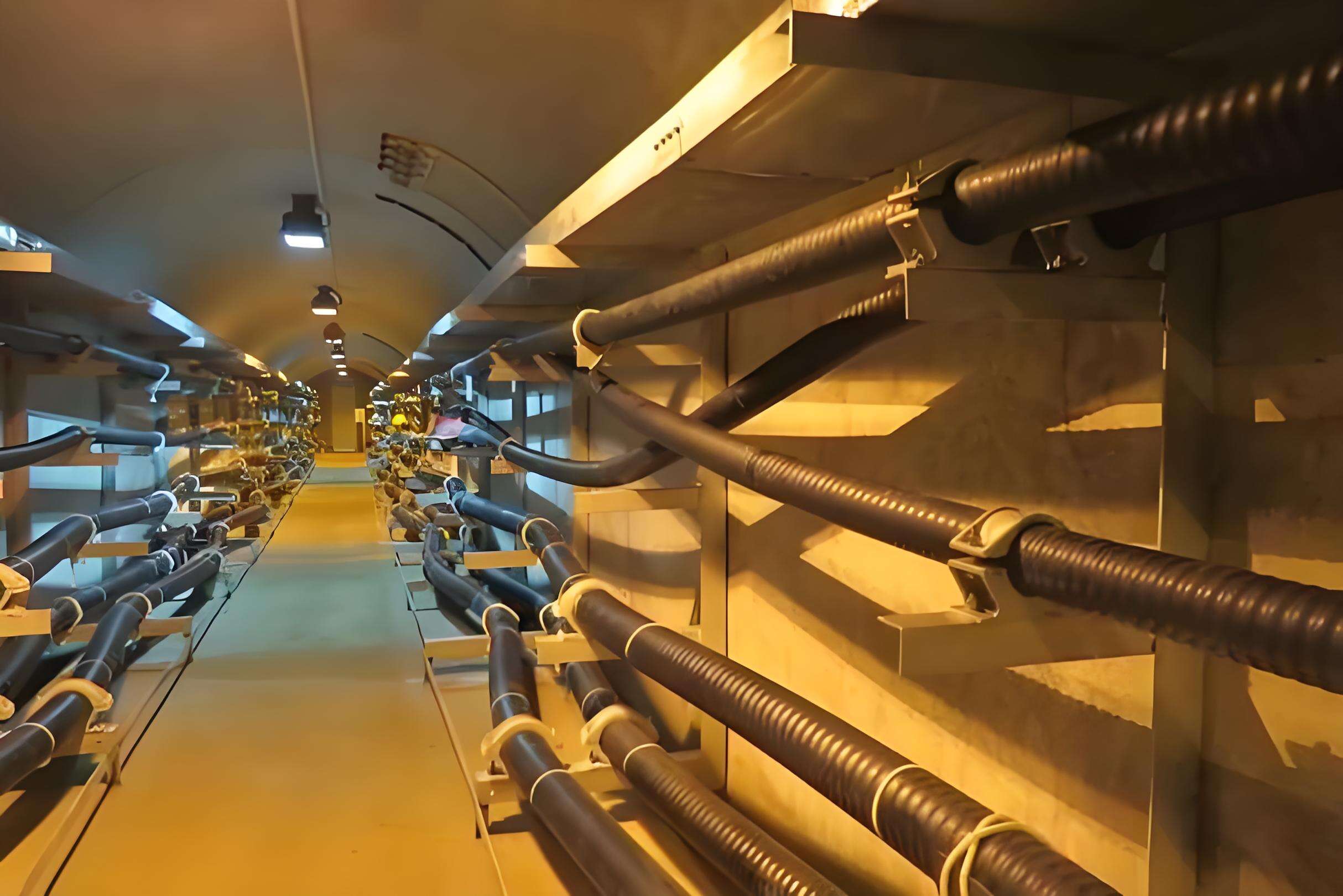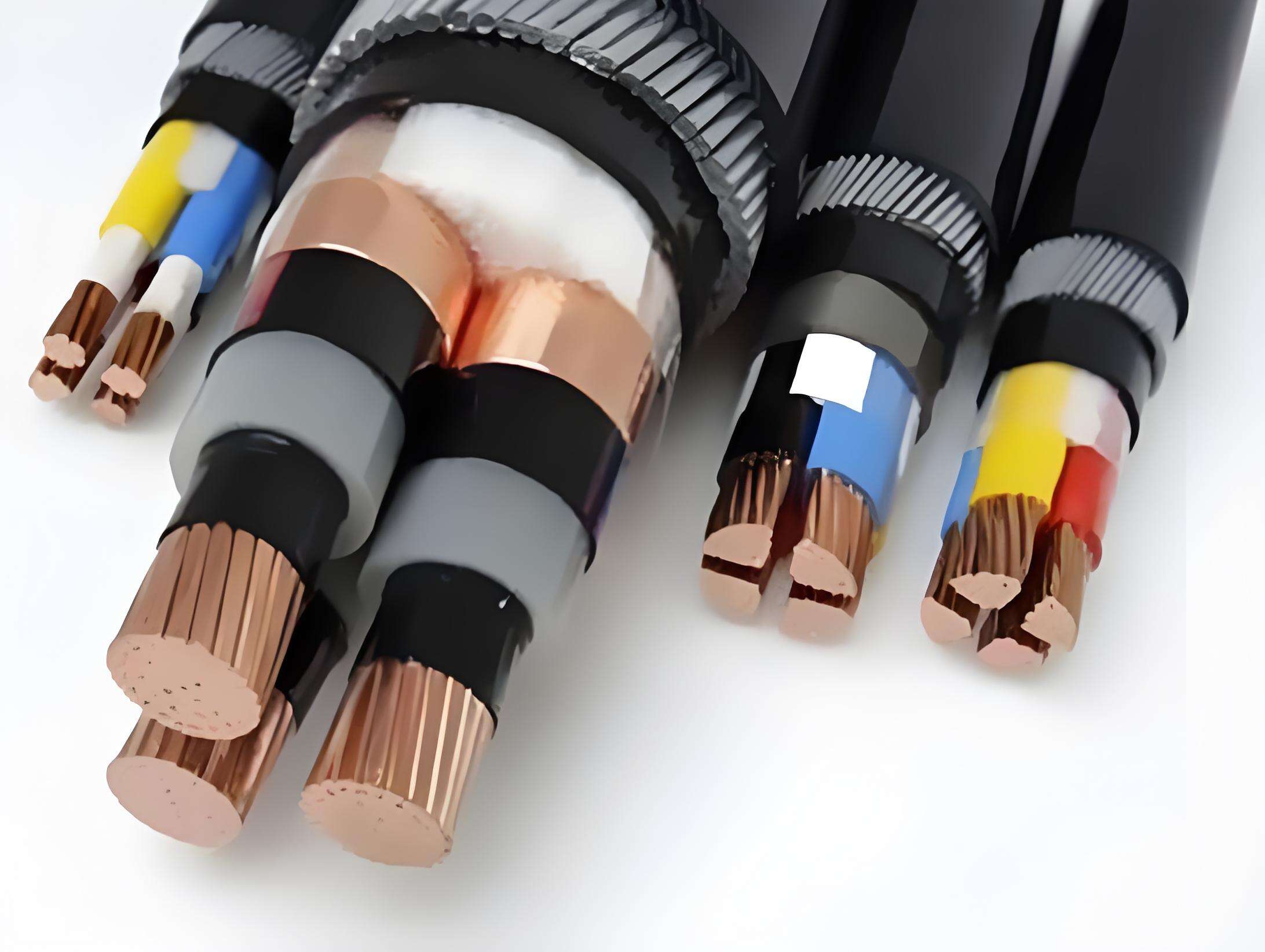Both high and low voltage cables are vital components of an electrical system, each serving unique functions. High voltage cables are primarily used in power plants and transmission networks for long-distance electricity transmission. They are capable of carrying energy with a voltage above 1,000 volts, thus greatly facilitating electricity transfer. Low voltage cables, on the other, are employed in residential and commercial buildings since the voltage is under 1,000 volts. They are perfect for lighting installations, powering electric outlets, and general power needs.


